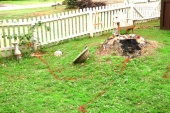
 5
5




 8
8




![Filename: EC0F8BE4-C485-41F3-83EC-42E4ABEF62FA.jpeg
Description: [Thumbnail for EC0F8BE4-C485-41F3-83EC-42E4ABEF62FA.jpeg]](/t/147662/a/131913/EC0F8BE4-C485-41F3-83EC-42E4ABEF62FA.jpeg)
 6
6




 5
5




Real funny, Scotty, now beam down my clothes!
 6
6




 3
3




$10.00 is a donation. $1,000 is an investment, $1,000,000 is a purchase.
 4
4




Cultivate abundance for people, plants and wildlife - Growing with Nature



 3
3




 6
6





 1
1




 6
6




Zone 6, 45 inches precipitation, hard clay soil




 6
6




When it is obvious that goals cannot be reach, don't adjust the goals, adjust the action steps. Confucius
 8
8




 3
3




Invasive plants are Earth's way of insisting we notice her medicines. Stephen Herrod Buhner
Everyone learns what works by learning what doesn't work. Stephen Herrod Buhner
 5
5




$10.00 is a donation. $1,000 is an investment, $1,000,000 is a purchase.
 7
7




Matt Todd wrote:My current compost scheme is to not compost. Sorta.
Food waste:
Anything that can go to chickens turns into eggs.
Anything that cannot go to chickens goes in what I call the "refuse bin." Essentially a cage that sits near the woods where I put all the biological nasties, including moldy foods and cat waste (I use pine pellets rather than litter.) That keeps the chickens and wildlife out while letting bugs and soil contact do the breakdown work.
Yard waste:
Currently all yard stuff is going into piles near the garden for soil building. AKA "composting in place." When I have the right materials, I'll put them in play. For example, yesterday I had grass clippings, woodchips, and chicken poo that I spread between plants. That way I'm blocking weeds, feeding plants, and building soil all at once. The chicken poo was pretty fresh, which is a no-no, but I used sparingly and mixed with the other materials.
The stuff above is my current strategy. A similar strategy was earlier this year when I accumulated material and made two huglekulturs with the additional input of wood.
A past strategy was an active compost cage where I layered grass, leaves, and chicken poo. But that was too much work for me, turning it and keeping it moist for little reward. Plus a tree ate it, which is a lesson in itself. https://permies.com/t/139281/Tree-Ate-Compost#1091920 . The cage from this misadventure became my refuse cage.
So needless to say, there's a LOT of different ways to compost. The best way for you is whatever you feel is the least effort and easiest rewards.
Blazing trails in disabled homesteading




Grace Barrett wrote:Winter composting is instant composting out of a dedicated blender under the sink. When full, zip it through, then open window out to garden and throw it on the bed. Have employed this method in the summer, depositing it below mulch. In a week or two it’s gone. Lovely, healthy soil results. Leaving city apt. for country farmhouse WILL feel like getting out of jail. Enjoy your newfound freedom. Have lived New England wilderness life all my adult life and no freedom like it anywhere. After 16+ years this old farmhouse is about to be completely restored, as well as 175 yr. old barn. The kids will fight over it😊
Best serotonin-booster ever: garden time.

 9
9




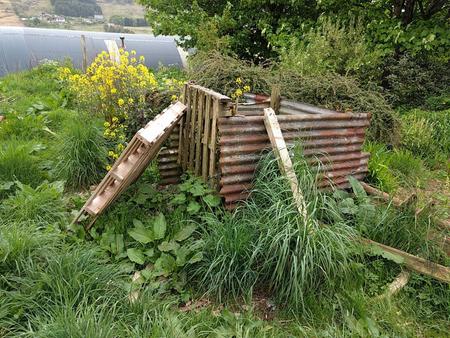


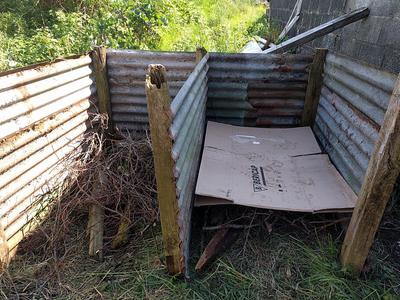
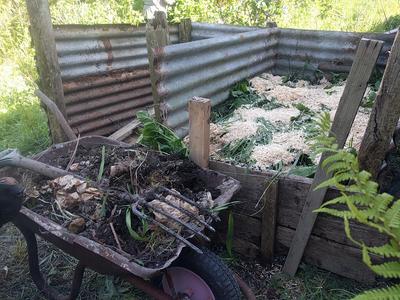
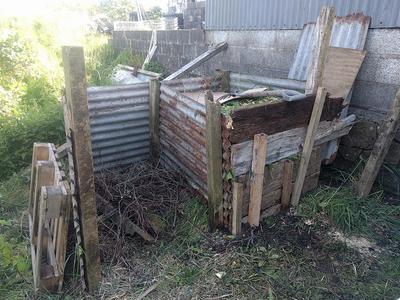

How Permies works: https://permies.com/wiki/34193/permies-works-links-threads
My projects on Skye: The tree field, Growing and landracing, perennial polycultures, "Don't dream it - be it! "

 7
7




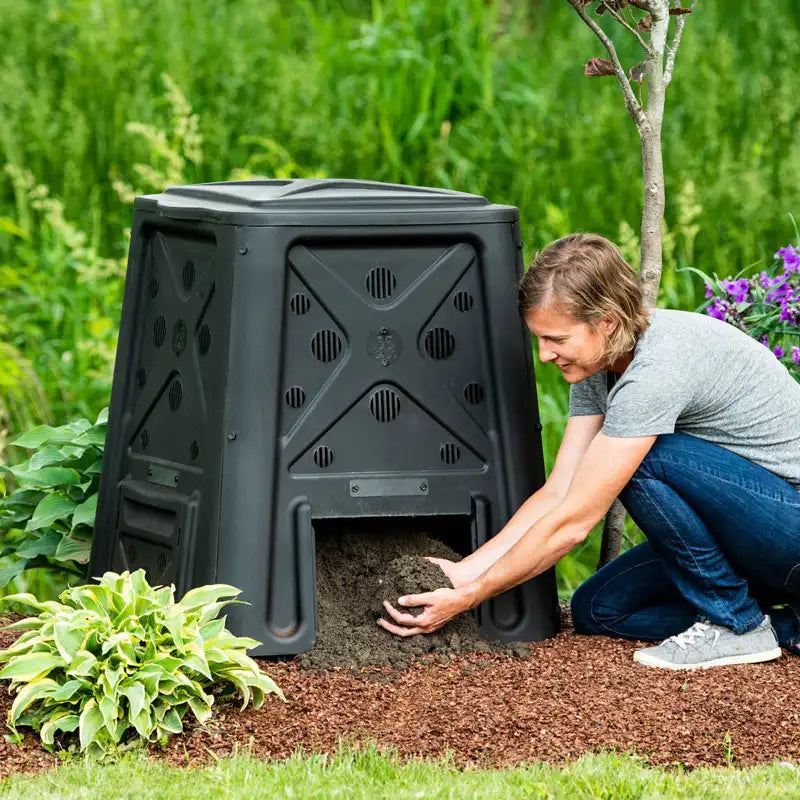
- Tim's Homestead Journal - Purchase a copy of Building a Better World in Your Backyard - Purchase 6 Decks of Permaculture Cards -
- Purchase 12x Decks of Permaculture Cards - Purchase a copy of the SKIP Book - Purchase 12x copies of Building a Better World in your Backyard
 2
2




 3
3




Mark Scofield wrote:Compost greens and browns at a 1:3 ratio respectively. Greens are vegetable and fruit peelings, browns are egg shells, cardboard, shredded paper, egg cartons, wood ashes, coffee grounds. Also consider using biochar, by burning wood twigs in the absence of oxygen. Make sure the biochar is aged at least one year before using in the garden.
Mark Scofield
 4
4




$10.00 is a donation. $1,000 is an investment, $1,000,000 is a purchase.
 6
6




Timothy Norton wrote:I would like to nudge this thread and see if other's might be willing to share their setups.
-Ayva Jean
 4
4




“So I'm lightin' out for the territory, ahead of the scared and the weak and the mean spirited, because Aunt Sally is fixin’ to adopt me and civilize me, and I can't stand it. I've been there before.”
 4
4




Joshua States wrote:
I compost all of our food waste, and I mean all of it. My criteria for what goes in the bin is a simple Y/N question: Was it once alive? If yes, it goes in the bin.
-Ayva Jean







Ayva Jean Damas wrote:
Here is my setup. It's two bays, mainly because I didnt want to buy any more pallets and because we dont really have enough inputs to warrant more space.












 1
1




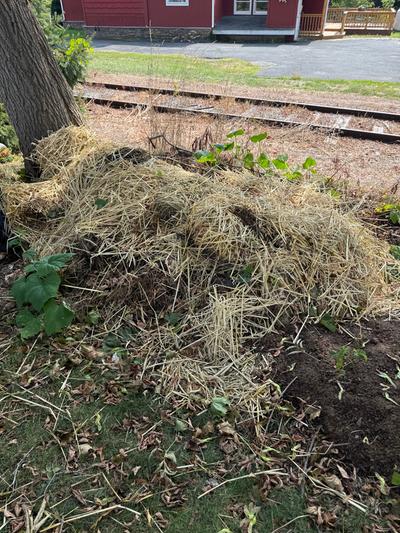
- Tim's Homestead Journal - Purchase a copy of Building a Better World in Your Backyard - Purchase 6 Decks of Permaculture Cards -
- Purchase 12x Decks of Permaculture Cards - Purchase a copy of the SKIP Book - Purchase 12x copies of Building a Better World in your Backyard
 2
2








 2
2




Eric Hanson wrote:My garden bed IS my compost setup. Any compost I get simply lay on the surface as a sort of sheet of mulch. I grow exclusively in wood chips composted by Wine Cap mushrooms so there is ample biology to break down any compost. A little added to the top only adds to the microbiological fun.
If I get a really large amount of compost, especially all at once, I will find an unused corner of the garden and pile it up. I don’t really bother layering it, I just let it sit for about a year. At the end of the year the microbes from the pile and soil knit themselves together and the topsoil is all the richer. I do get some additional nutrients, but in my recent experience the soil biology and decomposers are more important than the chemistry.
Eric
"The genius of American farm experts is very well demonstrated here: they can take a solution and divide it neatly into two problems." -Wendell Berry



